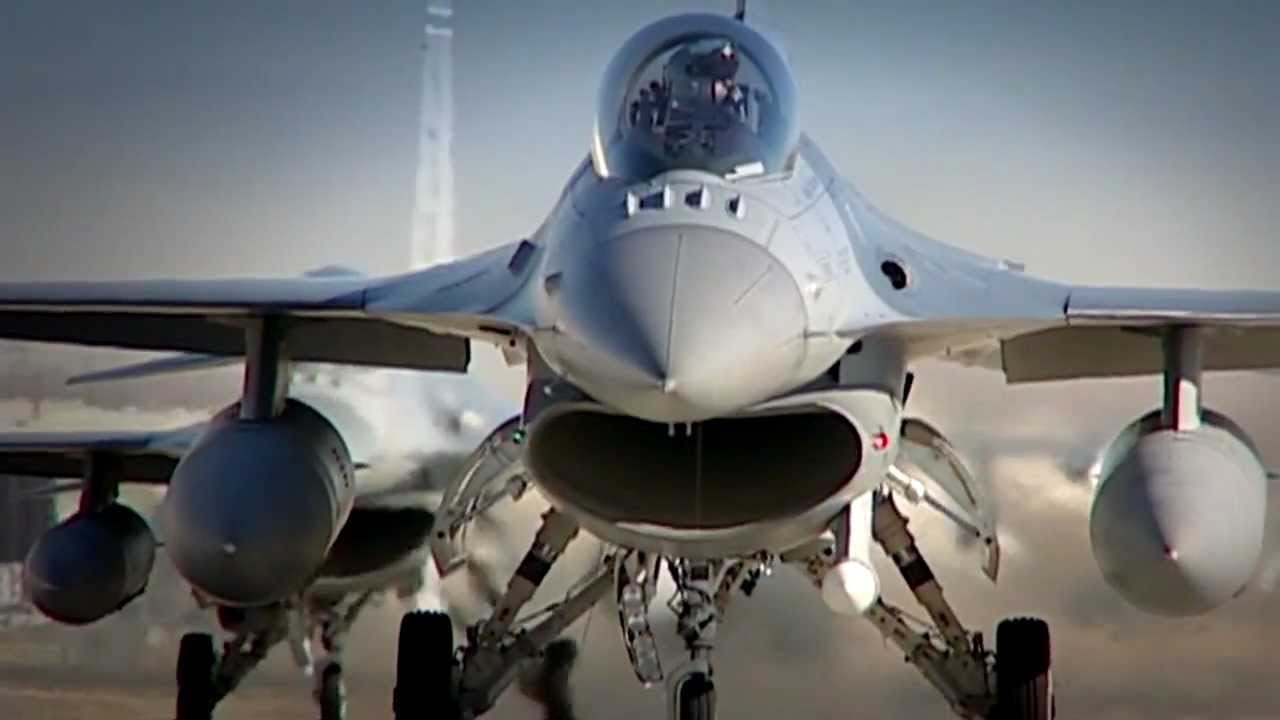Just days after multiple balloons of unknown origin passed over North America – with several being shot down – U.S. F-16 warplanes intercepted four Russian aircraft within the Alaska Air Defense Identification Zone (ADIZ).
According to the Department of Defense (DoD), the Russian mission wasn’t considered unsafe, nor was it meant to be a provocation.
The aircraft, which approached Alaska on Monday, reportedly didn’t pose a threat.
What We Know: F-16 vs. Russia’s Bombers
The North American Aerospace Defense Command (NORAD) also described the incident as “routine,” yet two United States Air Force F-16 fighter jets were dispatched to intercept the Russian aircraft, which included two Tupolev Tu-95 (NATO reporting name “Bear”) long-range strategic bombers and two Sukhoi Su-35 (NATO reporting name “Flanker-E”) fighters.
The “Russian aircraft remained in international airspace and did not enter American or Canadian sovereign airspace. This Russian activity in North American ADIZ occurs regularly and is not seen as a threat, nor is the activity seen as provocative. NORAD had anticipated this Russian activity and, as a result of our planning, was prepared to intercept it,” NORAD announced via a statement on Tuesday.
Welcome to North America
Russia resumed out of area Long Range Aviation activity in 2007, and NORAD has reported seeing a yearly average of approximately six to seven intercepts of Russian military aircraft in the ADIZ – which serves as an early warning buffer for North America, including international airspace.
The last incident involved Russian aircraft that occurred last October when two Tu-95 bombers entered the ADIZ and were also intercepted by U.S. Air Force F-16s.
In addition to the pair of F-16 Fighting Falcons that intercepted the Russian aircraft on Monday, NORAD announced that other assets backed up the mission.
That included two F-35A Lighting II fifth-generation fighters, an E-3 Sentry airborne warning and control system, and two KC-135 Stratotanker refuelers.
Watching the Skies
Monday’s incursion of the Alaska ADIZ came as two Dutch F-35s intercepted Russian military aircraft operating near Polish airspace on the same day.
The Royal Netherlands Air Force has eight F-35As deployed to Poland, with four now regularly conducting NATO air policing operations as part of a show of deterrence to Moscow.
The detection of the Russian aircraft is not believed to be related to the two unidentified objects that were shot down by NORAD last week – including one over northeastern Alaska on Friday and the other over Canada’s Yukon territory on Saturday.
NORAD was originally created by the United States and Canada in 1958 to help defend North America from Russian bombers.
It currently provides aerospace warning, air sovereignty, and protection for Canada and the continental United States.
The Alaskan NORAD Region (ANR) maintains the continuous capability to detect, validate and warn off any atmospheric threat in its area of operations from its Regional Operations Control Center (ROCC) at Joint Base Elmendorf–Richardson, Alaska.
In addition to monitoring for foreign threats, every year on Christmas Eve, NORAD purports to track Santa Claus as he leaves the North Pole, just as it did last December.
BONUS: Kamala Harris Should Quit
BONUS: A Nuclear War over Ukraine?
BONUS: Donald Trump Looks Desperate
Author Experience and Expertise
A Senior Editor for 19FortyFive, Peter Suciu is a Michigan-based writer. He has contributed to more than four dozen magazines, newspapers, and websites with over 3,200 published pieces over a twenty-year career in journalism. He regularly writes about military hardware, firearms history, cybersecurity, politics, and international affairs. Peter is also a Contributing Writer for Forbes and Clearance Jobs. You can follow him on Twitter: @PeterSuciu.

